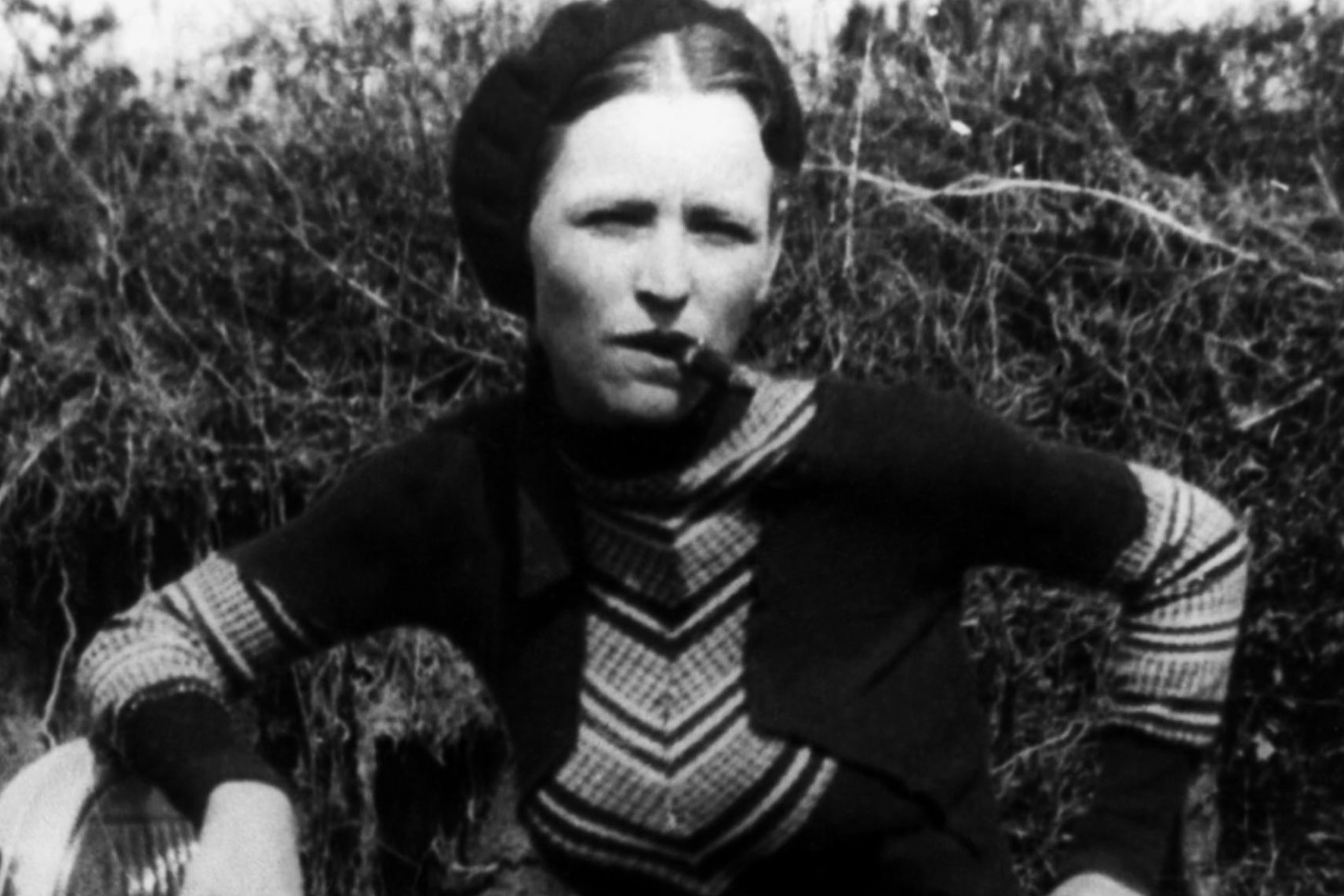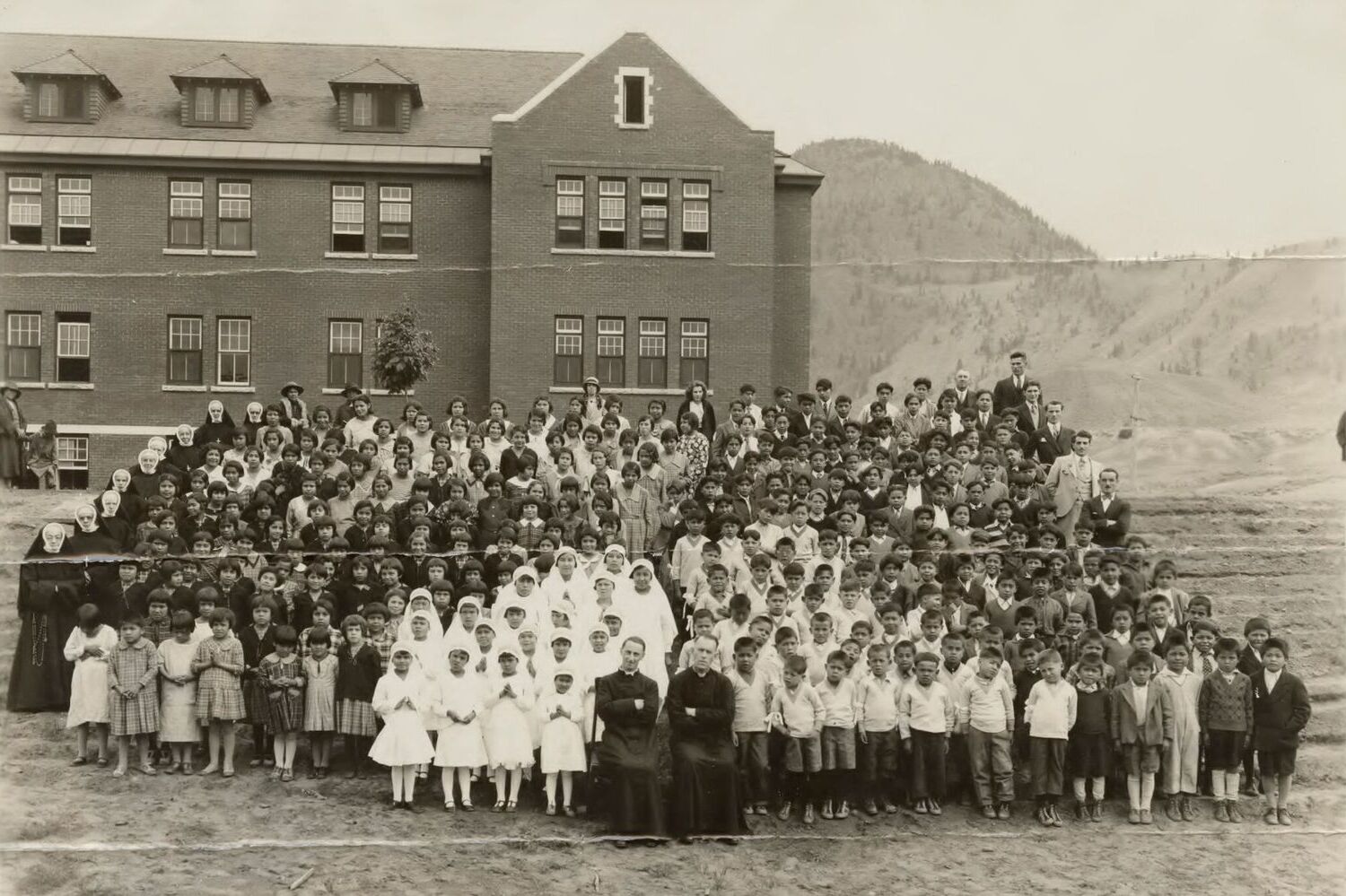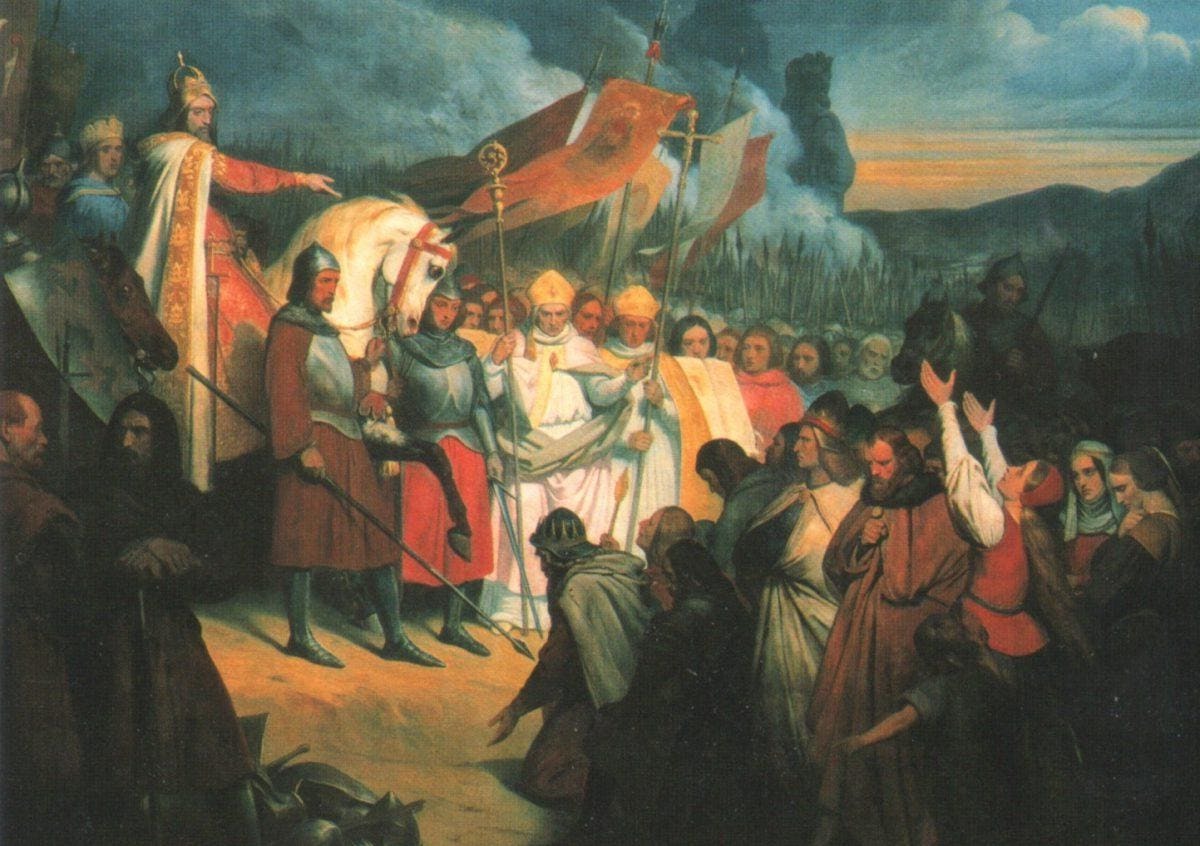
Bonnie Parker, a name that echoes through history, often conjures images of a daring outlaw. But who was she really? Bonnie Parker was more than just Clyde Barrow's partner in crime. Born in 1910 in Rowena, Texas, she lived a life filled with drama, romance, and danger. From her early days as a bright student and aspiring poet to her infamous escapades during the Great Depression, Bonnie's story is both captivating and complex. Did you know she penned heartfelt poems while on the run? Or that she once dreamed of becoming a famous actress? Join us as we uncover 35 intriguing facts about Bonnie Parker, shedding light on the woman behind the legend.
Key Takeaways:
- Bonnie Parker led a dramatic life, from dreaming of fame to joining a notorious gang. Her legacy as a cultural icon and poet continues to captivate people worldwide.
- Despite a troubled past and a life of crime, Bonnie Parker's story remains a reminder of the complexities of human nature and the enduring allure of rebellion.
Early Life of Bonnie Parker
Bonnie Parker, one-half of the infamous criminal duo Bonnie and Clyde, led a life filled with intrigue and drama. Let's dive into some fascinating facts about her early years.
-
Born in 1910: Bonnie Elizabeth Parker was born on October 1, 1910, in Rowena, Texas.
-
Father's Death: Her father, Charles Parker, died when she was just four years old, leaving her mother, Emma, to raise Bonnie and her two siblings alone.
-
Moved to Cement City: After her father's death, the family moved to Cement City, a suburb of Dallas, to live with her grandparents.
-
High School Poet: Bonnie was a bright student and even won a county-wide spelling bee. She also wrote poetry, showcasing her creative side.
-
Dreamed of Fame: As a young girl, Bonnie dreamed of becoming an actress or a famous writer, showing her early aspirations for a life beyond the ordinary.
Bonnie's Personal Life
Before she became notorious, Bonnie had a personal life that shaped her future decisions and relationships.
-
Married at 16: At the age of 16, Bonnie married Roy Thornton. The marriage was troubled, and they separated, though they never divorced.
-
Kept Wedding Ring: Despite their separation, Bonnie wore her wedding ring until her death, indicating a complex relationship with her past.
-
Worked as a Waitress: To support herself, Bonnie worked as a waitress in Dallas, where she was known for her friendly demeanor and good looks.
-
Met Clyde Barrow: Bonnie met Clyde Barrow in January 1930 through a mutual friend. Their connection was immediate and intense.
Life of Crime
Bonnie's life took a dramatic turn when she teamed up with Clyde Barrow, leading to a notorious crime spree.
-
First Arrest: Bonnie was first arrested in 1932 in a failed hardware store robbery. She spent a few months in jail but was released due to lack of evidence.
-
Wrote Poetry in Jail: During her time in jail, Bonnie wrote several poems, including "The Story of Suicide Sal," which reflected her life and dreams.
-
Joined Clyde's Gang: After her release, Bonnie joined Clyde and his gang, becoming an integral part of their criminal activities.
-
Bank Robberies: The Barrow Gang was known for robbing banks across several states, making headlines and capturing public attention.
-
Escaped Numerous Ambushes: Bonnie and Clyde managed to escape numerous police ambushes, showcasing their cunning and resourcefulness.
Public Perception
Bonnie Parker's image in the public eye was a mix of fascination and fear.
-
Media Sensation: The media sensationalized Bonnie and Clyde's exploits, often romanticizing their criminal activities.
-
Public Enemy: Despite some public fascination, Bonnie and Clyde were considered public enemies, with law enforcement agencies across the country hunting them.
-
Photographs Found: In 1933, police discovered undeveloped film in one of their hideouts, revealing candid photos of Bonnie and Clyde, which further fueled their legend.
-
Poetry Published: Some of Bonnie's poems were published in newspapers, providing a glimpse into her thoughts and emotions.
Final Days
The end of Bonnie Parker's life was as dramatic as the years leading up to it.
-
Injured in Car Accident: In 1933, Bonnie was severely injured in a car accident, suffering burns and a leg injury that left her with a permanent limp.
-
Constantly on the Run: Bonnie and Clyde were constantly on the move, never staying in one place for too long to avoid capture.
-
Betrayed by a Friend: In 1934, they were betrayed by a friend, leading to their final ambush.
-
Ambushed in Louisiana: On May 23, 1934, Bonnie and Clyde were ambushed and killed by law enforcement officers in Bienville Parish, Louisiana.
-
Riddled with Bullets: Their car was riddled with bullets, and both Bonnie and Clyde died instantly.
-
Public Viewing: Their bodies were put on public display, drawing large crowds and further cementing their place in criminal folklore.
-
Buried Separately: Despite their close bond in life, Bonnie and Clyde were buried in separate cemeteries in Dallas.
Legacy
Bonnie Parker's legacy continues to captivate people even decades after her death.
-
Cultural Icons: Bonnie and Clyde have become cultural icons, inspiring numerous books, movies, and songs.
-
1967 Film: The 1967 film "Bonnie and Clyde," starring Faye Dunaway and Warren Beatty, brought their story to a new generation.
-
Poetry Remembered: Bonnie's poetry remains a poignant reminder of her inner life and dreams.
-
Historical Sites: Many of the locations associated with Bonnie and Clyde have become historical sites, attracting tourists and history buffs.
-
Museum Exhibits: Various museums feature exhibits on Bonnie and Clyde, showcasing artifacts from their lives and crimes.
-
FBI Files: The FBI has released extensive files on Bonnie and Clyde, providing detailed accounts of their criminal activities and the efforts to capture them.
-
Songs Written: Numerous songs have been written about Bonnie and Clyde, reflecting their enduring impact on popular culture.
-
Books Published: Countless books have been published about Bonnie and Clyde, exploring different aspects of their lives and crimes.
-
Documentaries Made: Several documentaries have been made, offering in-depth analyses of Bonnie and Clyde's story.
-
Enduring Fascination: The story of Bonnie Parker and Clyde Barrow continues to fascinate people, serving as a reminder of the complexities of human nature and the allure of rebellion.
Bonnie Parker's Legacy
Bonnie Parker, half of the infamous duo Bonnie and Clyde, left a mark on American history. Known for her daring escapades during the Great Depression, she became a symbol of rebellion. Her life, filled with crime and romance, has inspired countless books, movies, and songs. Despite her criminal activities, Bonnie's story captivates many due to her complex personality and tragic end. She wasn't just a criminal; she was a poet, a lover, and a woman caught in turbulent times. Her legacy reminds us of the thin line between fame and infamy. While her actions were illegal, her story remains a fascinating chapter in American folklore. Bonnie Parker's life, though short, continues to intrigue and inspire, proving that some stories never fade away.
Frequently Asked Questions
Was this page helpful?
Our commitment to delivering trustworthy and engaging content is at the heart of what we do. Each fact on our site is contributed by real users like you, bringing a wealth of diverse insights and information. To ensure the highest standards of accuracy and reliability, our dedicated editors meticulously review each submission. This process guarantees that the facts we share are not only fascinating but also credible. Trust in our commitment to quality and authenticity as you explore and learn with us.


